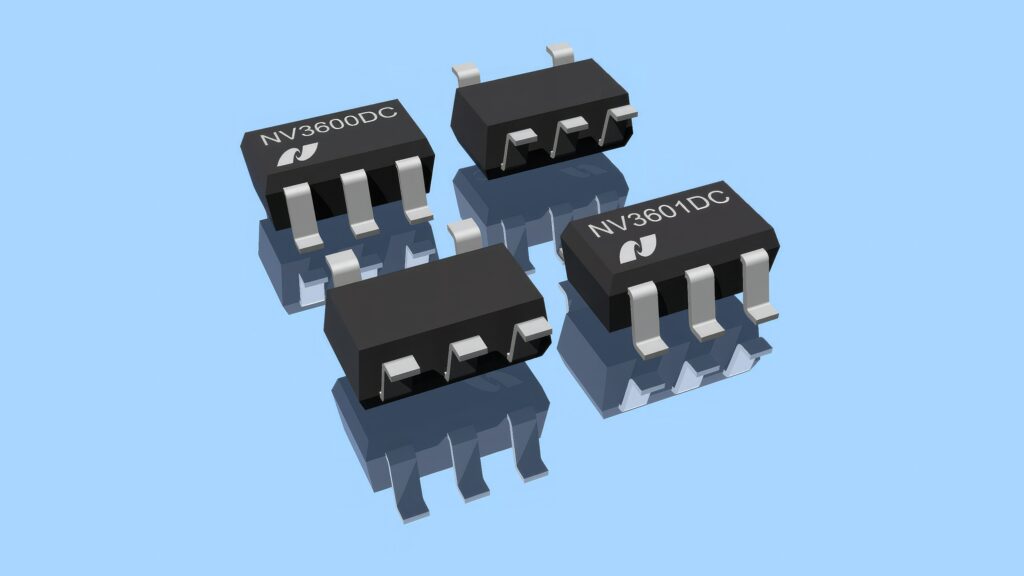Detectors do more using less

Nisshinbo Micro Devices has launched two voltage detectors that are designed to provide higher accuracy in ECUs and BMSs using fewer components (writes Nick Flaherty).
When monitoring high voltages, it is crucial to consider the drawbacks of using traditional low-voltage detectors with an open drain output. The NV3600 and NV3601 series detectors reduce the need for additional resistors to divide the monitored voltage and pull-up resistors at the output. These additional resistors can lead to an increase in component count and leakage current concerns.
While the input range is 2.4 to 6.0 V, the Sense pin of the NV3600 devices have a high withstand voltage, of 42 V, and has no need for a voltage divider resistor. There is also the option to choose between NMOS open-drain or CMOS output types. These eliminate the leakage current issue and do not require additional external components.
The NV3600 has adjustable hysteresis to monitor power supplies that experience large voltage fluctuations, such as those found in automotive batteries in noisy environments. The detection and release voltages can be set individually by selecting the appropriate hysteresis width based on the system requirements. This avoids false detection and misinterpretation from the hysteresis, even when the voltage fluctuation is significant.
The NV3601 detector has under and overvoltage detection to monitor abnormalities, not only when the monitored voltage decreases but also when it increases beyond a certain threshold. It can also simultaneously monitor under and overvoltage with a single chip, saving components on the board.
The chips are embedded in a small SOT-23-5 package measuring only 2.9 x 2.8 x 1.1 mm, and samples and evaluation boards are now available.
Click here to read the latest issue of E-Mobility Engineering.
ONLINE PARTNERS






















